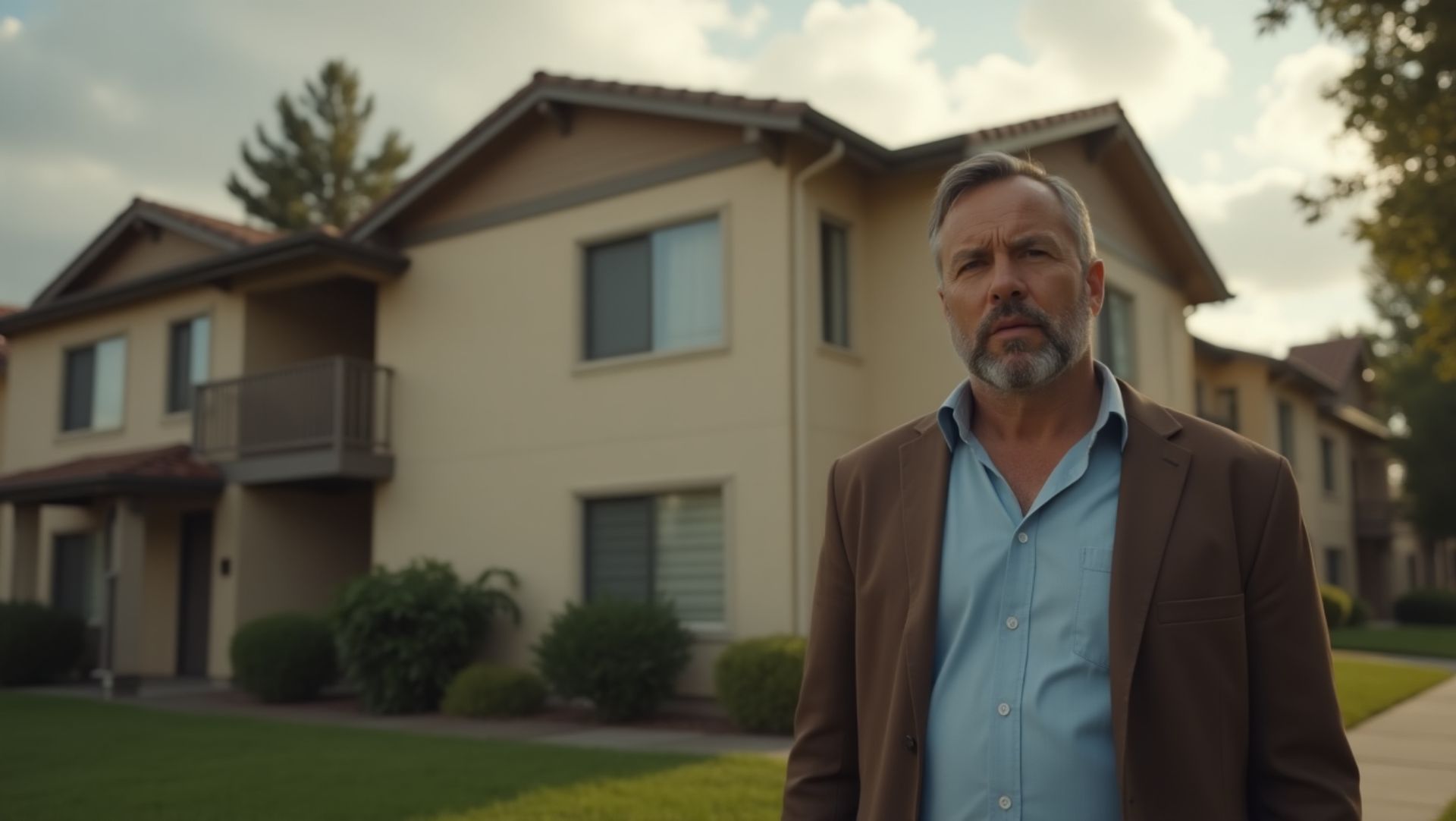California lawmakers are considering
Senate Bill 436 (SB 436), a proposal that would significantly change the state’s eviction process for nonpayment of rent. This bill, also known as the
“Keeping Californians Housed Act”, aims to extend the required “pay or quit” notice period from the current 3 days to
14 days for residential tenants who haven’t paid rent.
In other words, tenants would have two weeks (excluding weekends and court holidays) to pay overdue rent or move out, rather than just three days. While SB 436 is intended to prevent unnecessary evictions and give renters more time to catch up on rent,
rental property owners—especially small landlords—are concerned about the practical and financial consequences of this change.
What SB 436 Proposes
SB 436 includes a few major changes to California’s eviction laws for nonpayment of rent:
- It extends the pay-or-quit notice from 3 days to 14 days.
- It allows tenants to stop an eviction at nearly any point by paying back rent or showing proof of approved rental assistance—once per year.
- It requires landlords to provide more information in notices, such as details about rental assistance programs and tenant rights.
These changes are designed to help tenants, but they come at a cost to landlords, especially those operating on tight margins.
The Problem with Delays
- Under current law, landlords can act after three days if rent goes unpaid. SB 436 would force them to wait nearly three weeks before even starting the eviction process. For small landlords who rely on monthly rent to cover their own bills—mortgages, insurance, maintenance—that delay can be painful.
- If the tenant still doesn’t pay after 14 days, the landlord has already lost half a month’s income.
- Even if the tenant pays on day 14, the landlord may have already taken steps toward eviction and now has to reverse it, potentially wasting time and money.
A System Already Under Pressure
Evictions in California are already slow. Some take four to six months from start to finish. SB 436 would add nearly three more weeks to that process before it even begins. For landlords juggling other tenants, property upkeep, and rising costs, this additional delay could disrupt cash flow and strain operations. Worse, it may discourage landlords from continuing to offer housing, which ultimately reduces available rentals.
If small landlords leave the market because of legal hurdles or financial risk, the supply of rental homes will shrink. And when supply drops, rents go up. Ironically, SB 436 could end up hurting renters in the long term by making housing scarcer and more expensive.
Better Solutions Exist
Yes, some tenants need more time. But forcing landlords to wait two extra weeks without rent isn’t the answer. A better approach would be expanding
rental assistance programs and making them more accessible and visible to tenants. Help renters—but don’t penalize the people who provide the homes.
Everyone agrees: we should avoid evictions when possible. No landlord wants to displace a tenant unnecessarily, and no renter wants to lose their home. But
California housing policy needs to be
balanced. If rules become too one-sided, the rental system starts to break down—for everyone.
The Role of Small Landlords
Small landlords are a critical part of California’s housing market. They often offer more
affordable units than big developers and are more willing to work with tenants informally—by waiving fees, offering payment plans, or waiting a few days on rent. But they can only do that if the system works fairly. When laws make it harder to enforce lease terms, landlords lose confidence. Some may tighten screening criteria. Others may sell and leave the market.
A balanced approach means giving tenants time to catch up on rent or apply for assistance, while still letting landlords enforce leases in a timely way.
California’s 3-day notice has long been part of that balance. SB 436 moves the needle too far. It puts a heavier burden on landlords without offering additional protections or tools for them to recover lost income. We need policy that supports both renters and housing providers if we want a system that’s stable, fair, and functional.
Final Thoughts
SB 436 is well-meaning, but it could do more harm than good. Delays in the eviction process hurt small landlords and may lead to fewer available homes. That’s not good for anyone.
We encourage landlords, property owners, and housing advocates to
speak with their state legislators and oppose SB 436.
Let’s work toward solutions that protect renters
and
make it sustainable to provide housing in California.




























